Chapter Three
MOBILIZING AN EMPIRE: THE COLONIAL FILM UNIT IN A STATE OF WAR
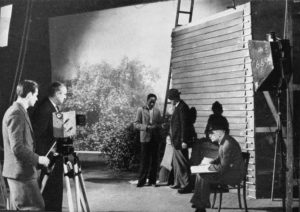
It was the advent of a horrific, relentless and truly global war that provided the catalyst for the Colonial Film Unit and ultimately dictated both its future and that of the Empire it served. This chapter examines the widespread deployment of film within the colonies during the second world war as the CFU now sought to mobilize an imperial army and workforce. The chapter analyses a range of CFU films and highlights the wider media infrastructures (the networks and mobile technologies that facilitate film distribution and exhibition) forming across the Empire. It positions the CFU within the context of this wider media, including filmstrips and BBC radio broadcasts, and alongside other film producers, including the Crown Film Unit and the British Council. As the priorities of wartime propaganda shift, the CFU becomes something of a battleground, fought over by The Ministry of Information and the Colonial Office, as it now seeks toarticulate not only what the Empire was, but also, if victory is secured, what it would become.
KEY MATERIALS AND FILMS
 |
P. 113 READ: “The M.O.I. Film Catalogue,” Documentary News Letter, October 1942, 135, 139. |
 |
P. 117 WATCH: British News No. 5 (British Council, 1940). More British Council films and materials available here. |
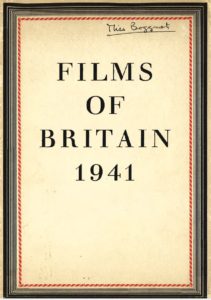 |
P.117 READ: British Council Film Department, Films of Britain: 1941 (London: British Council Film Department., 1941). |
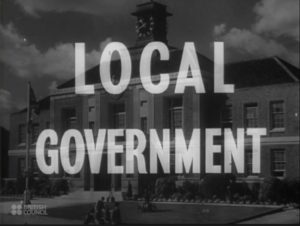 |
PP. 118-120 WATCH: Local Government (Bernerd Mainwaring, Signet Pictures, 1943) |
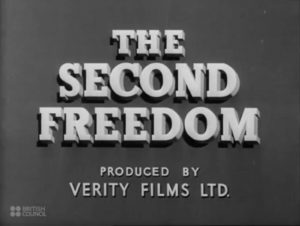 |
P. 119 WATCH: The Second Freedom (Lister Laurence, Verity Films, 1943). READ: Audience report. |
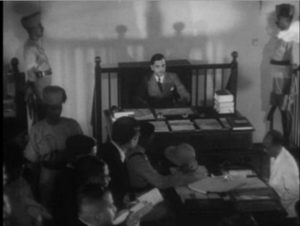 |
P. 120
WATCH: District Officer (Kenneth Villers, Information Films of India, 1945) |
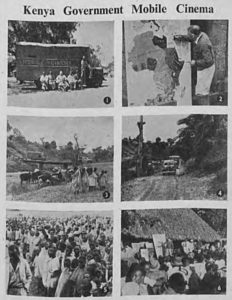 |
P. 122
READ: Arthur Champion in Colonial Cinema, Colonial Cinema, June 1945, 44-45. |
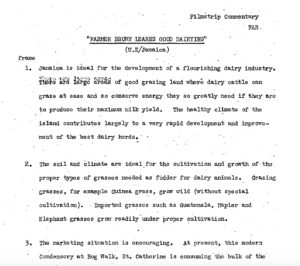 |
P. 126
READ: UNESCO, Filmstrip Commentary: Basic Education, Rural Education, Preventive Health Education in Various Developing Countries (Paris: UNESCO, 1954). |
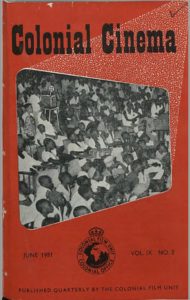 |
P. 126 READ: William Sellers, “Advice on Filmstrip Production,” Colonial Cinema, June 1951, 44-46. |
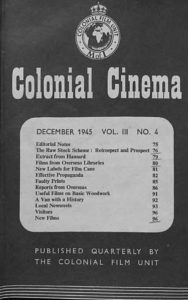 |
P. 131 READ: “The Raw Stock Scheme: Retrospect and Prospect,” Colonial Cinema, December 1945, 76-79 |
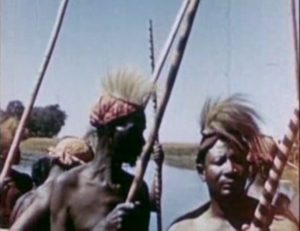 |
PP. 131-132 WATCH: Plainsmen of Barotseland (Louis Nell, Colonial Film Unit, 1944) |
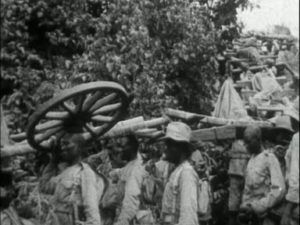 |
PP. 133-134 WATCH: Africa’s Fighting Men (Colonial Film Unit, 1943) |
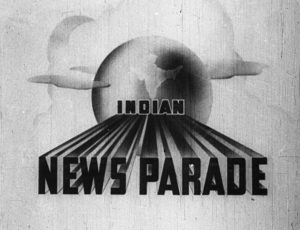 |
P. 135 WATCH: Indian News Parade 62 (Government of India, 1944). READ about Indian News Parade and WATCH other films here |
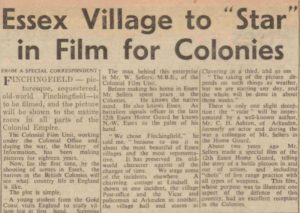 |
P. 138 READ: “Essex Village to ‘Star’ in Film For Colonies,” Essex Chronicle, 24 August 1945, 5 |
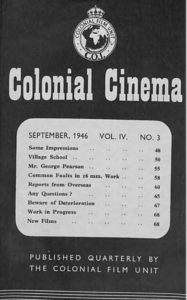 |
P. 139 READ: “Village School,”Colonial Cinema, September 1946, 50-55. |
 |
P. 140 WATCH: Springtime in an English Village (Colonial Film Unit, 1944) READ: African Girl as May Queen,Colonial Cinema, July 1944, 27. |
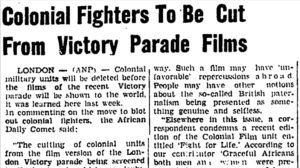 |
P. 147 READ: “Colonial Fighters to be Cut from Victory Parade Films,” Atlanta Daily World,14 September 1946, 1. |